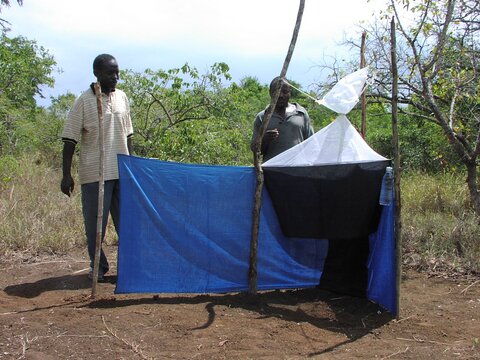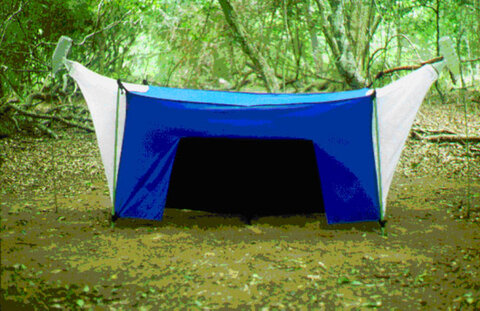What is the best trap for catching tsetse?
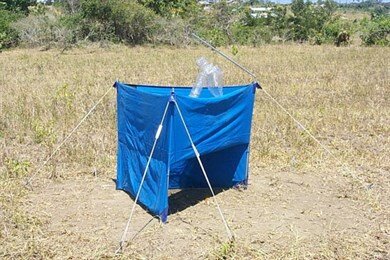
There is a wide variety of traps that have been specifically designed to catch tsetse. The 'best' design depends upon which species you are trying to catch - and thus it is important to match the trap to the species.
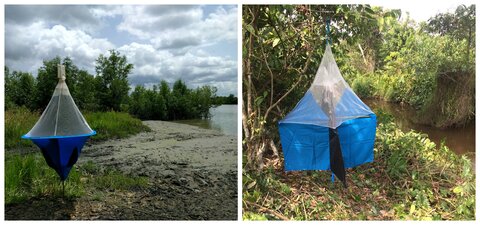
For riverine species such as G. palpalis or G. fuscipes, use biconical (Challier & Laveissiere, 1973), the image on the left, or pyramidal (Gouteux & Lancien, 1986) traps, on the right.
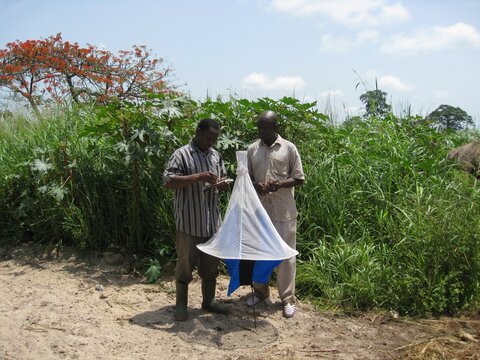
Examples of other modifications of the pyramidal trap designed specifically for riverine species of tsetse found in West Africa, including the vavoua trap used in Côte d'Ivoire, can be seen at the sleeping-sickness.ird.fr website.
For savannah flies, such as G. morsitans subspp. and G. pallidipes, the 'best' trap seems to depend on where you are.
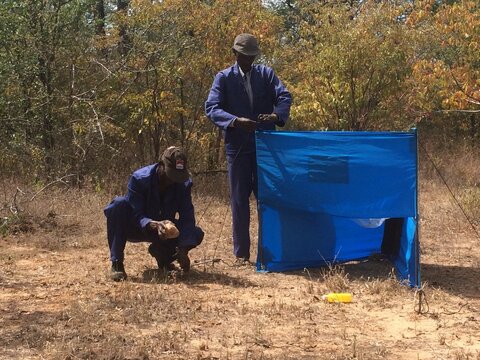
Whereas in southern Africa the Epsilon (Hargrove & Langley, 1990) is better.
References
Brightwell R., Dransfield, R.D., Kyorku, C., Golder, T. K., Tarimo, S.A., & Mungai, D. (1987). A new trap for Glossina pallidipes. Tropical Pest Management, 33, 151-189.
Challier, A. & Laveissiere, C. (1973). Un nonveau piege la capteur des glossines (Glossina: Diptera Muscidae). Description et essais sur le terrain. Cahiers ORSTOM. Serie Entomologie Medicale et Parasitologie11, 251-262.
Hargrove, J.W & Langley, P.A. (1990). Sterilizing tsetse in the field - a successful trial. Bulletin of Entomological Research 80, 397-403.
Kappmeier, K. (2000). A newly developed odour-baited "H trap" for the live collection of Glossina brevipalpis and Glossina austeni (Diptera : Glossinidae) in South Africa. Onderstepoort Journal of Veterinary Research 67, 15-26.
Lancien, J. & Gouteux, J.P. (1987). Le piege pyramidal a mouche tsetse (Diptera: Glossinidae). Afrique Medicale 26, 647 – 652.
Mihok, S. (2002). The development of a multipurpose trap (the Nzi) for tsetse and other biting flies. Bulletin of Entomological Research 92, 385-403.
